While choosing the final touches of your room, you may wonder if the baseboards should match the door trim style and size. We have done the research to answer this question for you.
Baseboards and door trim style and size do not have to match. Although some experts insist that they should, there are a few things you have to consider before deciding what's right for your home:
- Size of room
- Style of room
- Personal aesthetic
Keep reading to find out how these variables will help you make your decision, and help make your room look exactly as you want!
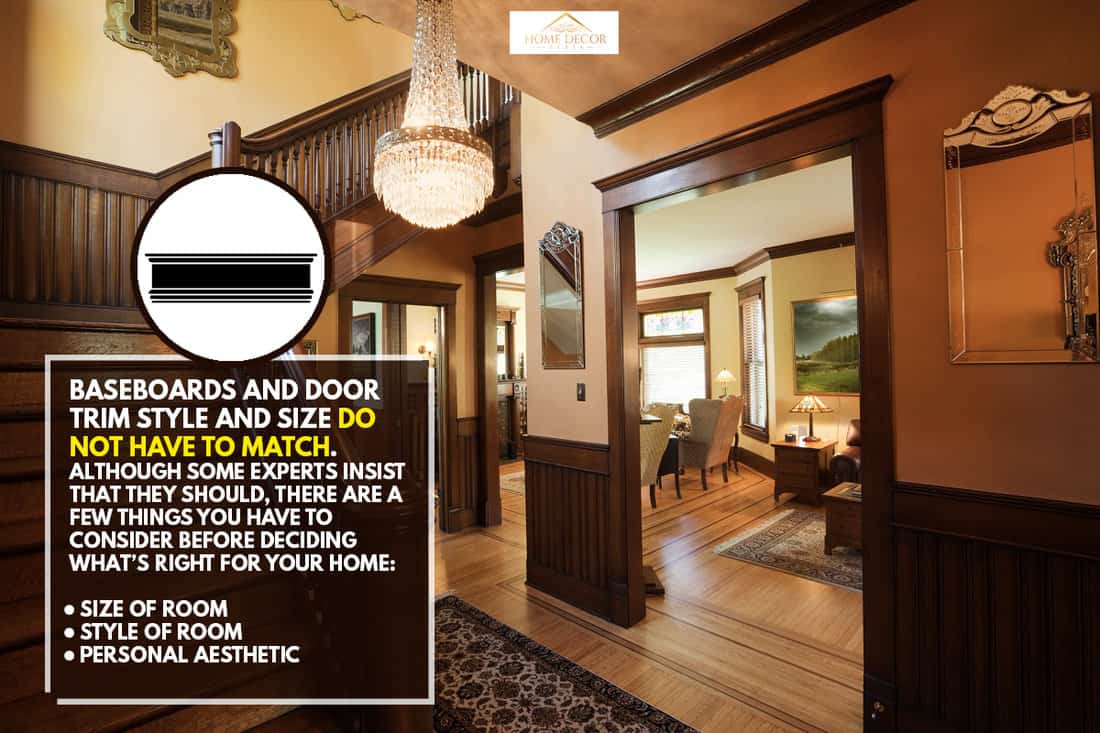
Coordinating Baseboards with the Room's Trim
Baseboards are used in a room for several reasons. From a functional perspective, they hide the joint between the wall and the floor, as well as uneven areas of the floor. They also protect the walls from getting damaged by things like shoes and vacuum cleaners. Aesthetically, they can make a smaller room look bigger or a plain room more elegant. It is also a cost-effective way to set the feel of the room. A simple thing like a baseboard can change a room's look to modern, formal, coastal, or bohemian, for example.
The size of the room, the style of the room, and your personal aesthetic are three things you need to consider when deciding if you are going to match baseboards with your door trims. Let's dig a little deeper into these things.
Size of the room
There are various tricks that can be used to make a smaller room look bigger. One way is to use larger trim around the doors and a small baseboard; this way, the eye is drawn upward. This tricks the eye into thinking the room is bigger than it actually is.

We may include affiliate links and curated AI content to highlight top design styles.
If the room is larger, with high ceilings, the baseboard can be large enough to match the style of the trim and the door itself. In this case, the baseboard can be bigger than the door trim. This will not affect the look of the room. There would still be enough space above the baseboard, so the room size wouldn't diminish.

Style of the room
As mentioned before, rooms can come in various design styles, from country to modern to classical to formal, and accent pieces, such as baseboards and door trim, can help accent those styles. The style will change the type and size of both the baseboard and the door trim.
If you have a more formal room - a dining room, for example - you may want crown molding on the doors for a richer look to the room, with a smaller baseboard. Too big a baseboard would take away from the impact of the trim on the doors.

A more traditional room - which leans more towards darker woods - may need the impact to come from the wainscoting style baseboard, which wouldn't match the smaller door trim.
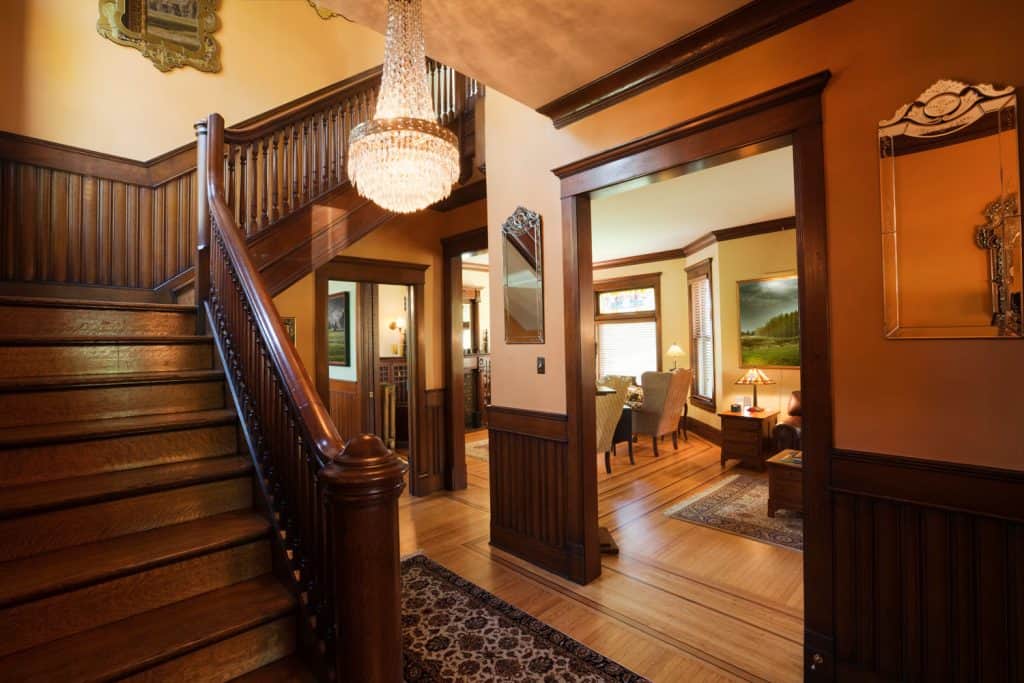
Meanwhile, if the room has more of a minimalist feel to it, the baseboard and door trim may match. A mismatch may be jarring in a room meant to be uncluttered.
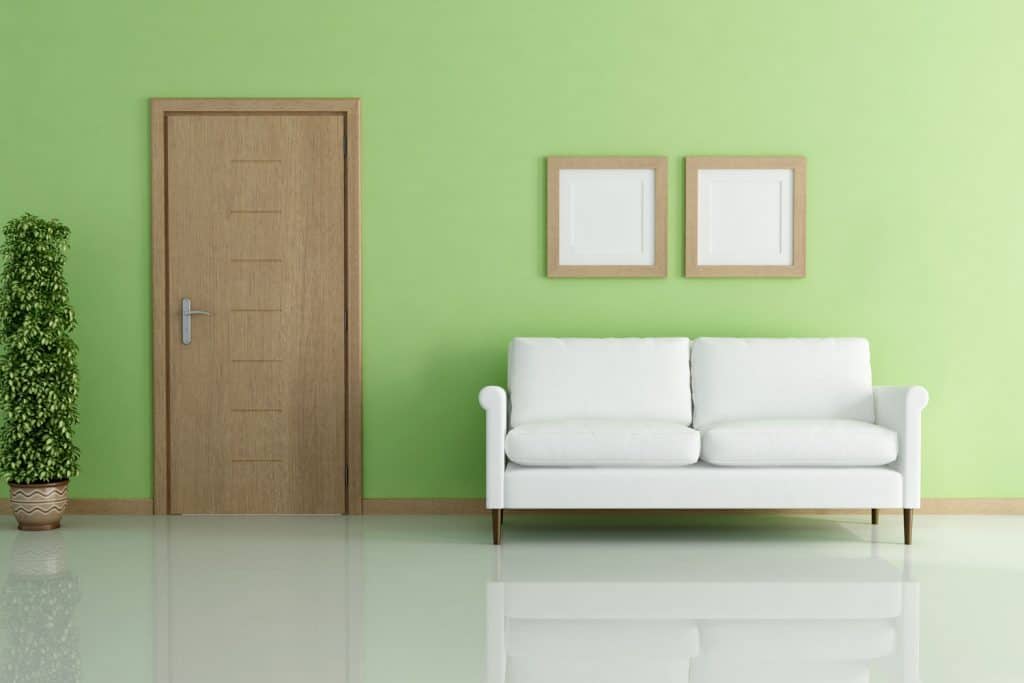
Personal Aesthetic
Aesthetics have a lot to do with trims on floors and doors. Sometimes it matters, sometimes not. For example, if you like a monochromatic look, then it wouldn't matter if the door trim and baseboards match because the color is what matters.

If you have a more coastal aesthetic, then you may want the trim and baseboards to match in size and color because you want the white color to pop against the blue.
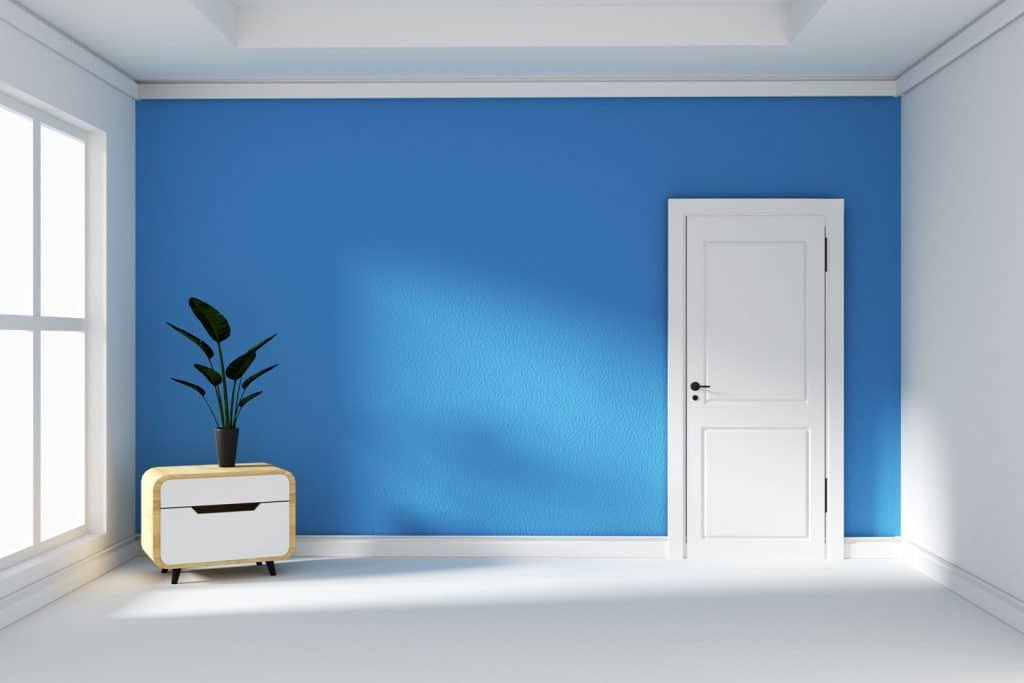
These are just some examples to show the variety of options available when it comes to door trim and baseboard. We have also searched for answers to the more popular questions that occur when considering baseboards and door trim. These are not hard and fast rules. Consider them guidelines to help with your decision.
Further questions
Read on to find more helpful information.
Should Door Match Trim Or Wall?
Matching is a big concern when it comes to the design of your home. At one time, there used to be hard-and-fast rules about the colors of trim, doors, and walls. That isn't as true these days. In order to decide if the door should match the trim or wall, one of the things to consider is what type of door you are using.
If it's made of MDF or plywood, you may want to paint it to match the trim, so it just blends into its surroundings. If your door is made of solid wood, but untreated, you may want to highlight the door. Painting it to match the walls, but not the trim, will make the door stand out.
But what if your door is a custom, finished, solid wood door? Well, now it should be a focal point of the room and shouldn't match the trim or walls but stand out on its own.
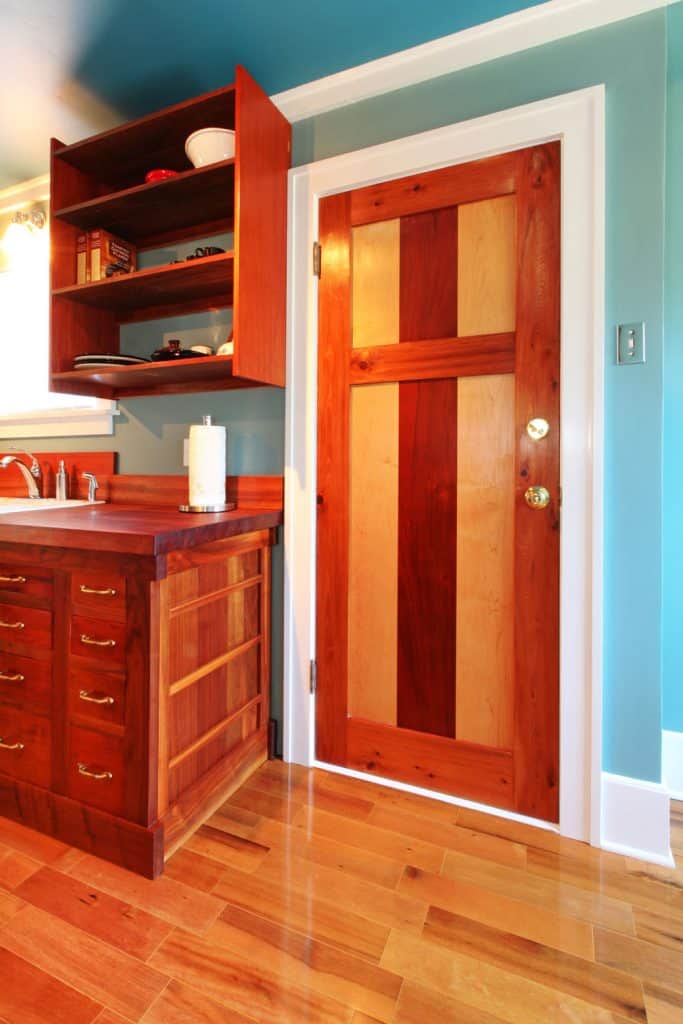
Should Baseboard Match Door Trim Color?
Another color question is about the baseboard and door trim. Do they need to match? While making this decision, you should ask yourself what you are trying to highlight in the room. Do you want the eye to travel upwards, making the room look larger? You may want to have the baseboard and trim match so that your eye naturally travels up from one to another, making the room look bigger.
If you have a gorgeous floor that you want to highlight, then you may want to match everything else in an ultra-modern style, so everything else disappears into one color, drawing the eye down to the floor.
There's also the option of highlighting the door, whether it be because it's a centralized location in the room or because it's an architectural focus. In these cases, you may want not want to match the baseboard and trim color.

Do Baseboards Need To Match Throughout The House?
In order to answer this question, you have to consider the entire house design. Is the house going to be decorated in one decorative style? For example, is your house Victorian, coastal, or country cottage, or is it more generic? If you are dedicated to one style in your home, then the baseboard should match. You're letting the baseboard tell a story by having the eye travel from one room to another without any contrast in style or design.
If there isn't one particular style to the house, then each room can have its own personality, and therefore its own trim. For example, if you wanted a wall to pop in an otherwise bland room, the baseboards may be painted to highlight the wall and draw the eye to that area, while the rest of the room stay more neutral.
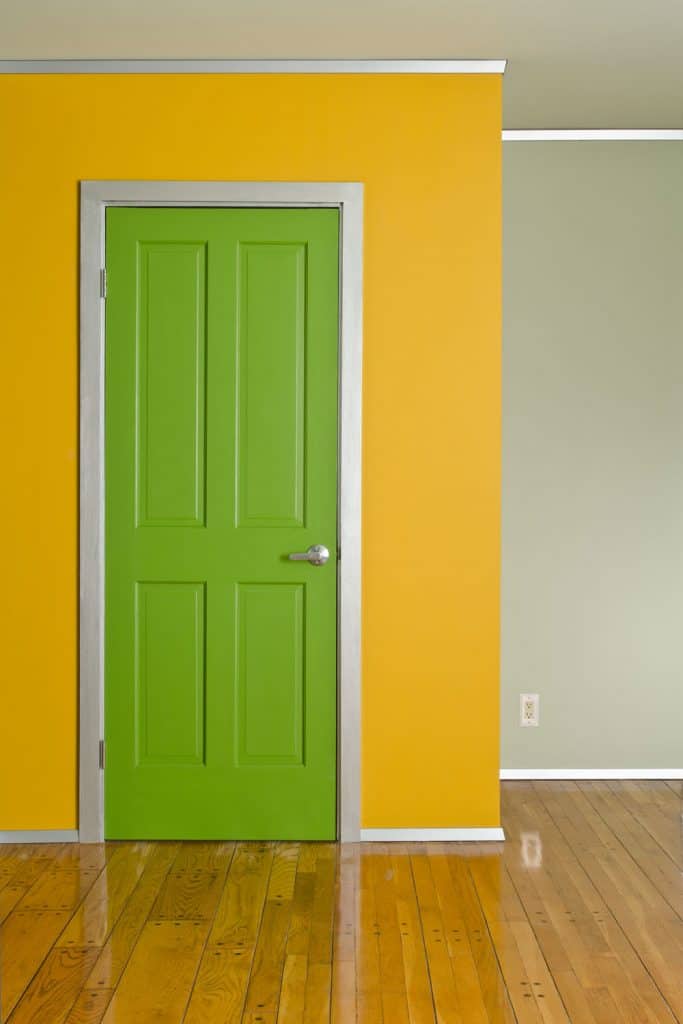
In a home such as this, each room - including the baseboards - can be decorated differently based on the personality and purpose of the room.
Does Trim Need To Match Throughout The House?
Just like baseboards, the "should trim match" question is based upon the design style of the house. The purist rule of everything being matchy-matchy is followed more often when there is one consistent and predominant theme going through the entire house. If your home is more industrial style, the trim throughout the house may be metallic on every door to keep the factory-inspired feel throughout the home.
On the other hand, if your home has a more quirky, eclectic style to it, nothing is stopping you from having a different color trim on every door.
Final Thoughts
We know this may seem confusing, but the easiest way to decide about trim and baseboards is to look at the house first and then at the room. Is the entire house set in a specific design style? If yes, then that makes your decisions easier; as with most styles, there are set rules to follow.
If not, then focus on the room. Does it need to look bigger? Brighter? What is the purpose of the room? What is the aesthetic of the person using the room the most? Answers to these questions will help you decide what type and color of trim and baseboard you want.
For more information, read our articles "Should Baseboards And Crown Molding Match?" and "5 Types Of Baseboards For Your Home."



